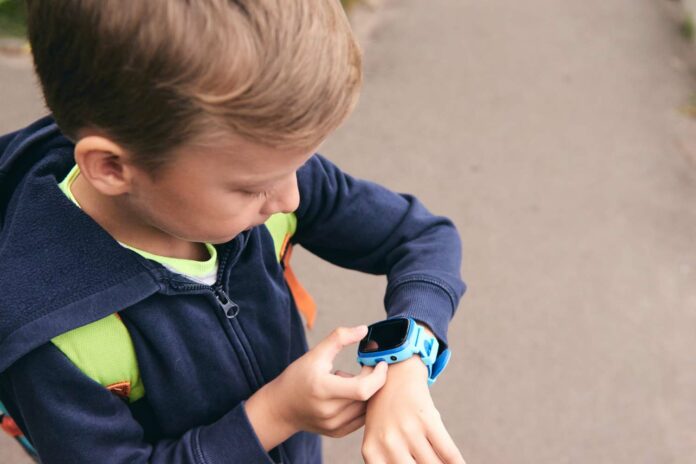Doctors encounter two main challenges when diagnosing cardiac arrhythmias in children. Firstly, while improving, the available cardiac diagnostic devices could be better suited for kids. Secondly, even with continuous monitoring for a few weeks, it might still be challenging to capture the unpredictable heart rhythm abnormalities in children, as these arrhythmias can occur sporadically and unexpectedly.
A new Stanford School of Medicine study suggests that smartwatches can help physicians detect and diagnose irregular heart rhythms in children. This discovery is based on a study that analyzed electronic medical records of pediatric cardiology patients receiving care at Stanford Medicine Children’s Health.
During four years, “Apple Watch” was mentioned 145 times in patients’ medical records. Among those whose records said the smartwatch, 41 were confirmed to have abnormal heart rhythms through traditional diagnostic methods. Notably, 29 of these children had their arrhythmias diagnosed for the first time, indicating the potential role of the Apple Watch in detecting and diagnosing heart rhythm abnormalities in pediatric patients.
Senior study author Scott Ceresnak, MD, professor of pediatrics, said, “I was surprised by how often our standard monitoring didn’t pick up arrhythmias and the watch did. It’s awesome to see that newer technology can make a difference in how we’re able to care for patients.”
The study indicates that smartwatches, such as the Apple Watch, seem to be effective in detecting arrhythmias in children. This suggests the potential benefit of developing smartwatch algorithms tailored explicitly to real-world heart rhythm data from pediatric patients.
The scientists examined electronic medical records from 2018 to 2022, explicitly searching for the term “Apple Watch.” They identified patients with this mention and then checked who among them had submitted smartwatch data and received a cardiac arrhythmia diagnosis.
The smartwatch data included heart rate alerts and patient-initiated electrocardiograms (ECGs) using the watch’s electrical sensors. The ECG records the heart’s electrical signals, helping physicians diagnose various heart issues.
Out of 145 smartwatch mentions, 41 patients had confirmed arrhythmias. Among them, 18 had collected an ECG with their watches, and 23 had received a high heart rate notification. The smartwatch data led physicians to conduct medical assessments, resulting in 29 children receiving new arrhythmia diagnoses. In 10 patients, the smartwatch identified arrhythmias that traditional monitoring methods had missed.
Connor Heinz was one of the patients with supraventricular tachycardia. Most kids have similar conditions- a pattern of racing heartbeats originating in the heart’s upper chambers. These irregular heartbeats are not life-threatening, but they make kids feel terrible.
Supraventricular tachycardia often results from a small, short electrical circuit in the heart. A medical procedure called catheter ablation can be a cure for this issue. During catheter ablation, a small, precisely targeted area of heart cells responsible for the short circuit is destroyed, resolving the problem.
The research also identified the use of smartwatches in the medical records of 73 patients who, in the end, did not receive a diagnosis of arrhythmias.
Ceresnak said, “A lot of kids have palpitations, a feeling of funny heartbeats, but the vast majority don’t have medically significant arrhythmias. In the future, I think this technology may help us rule out anything serious.”
The Stanford Medicine research team intends to conduct a study to evaluate further the Apple Watch’s effectiveness in detecting heart problems in children. This study will compare heart rate and heart rhythm measurements from smartwatches to standard diagnostic devices. The study excludes children already receiving cardiology care at Stanford Medicine Children’s Health.
Ceresnak said, “The wearable market is exploding, and our kids will use them. We want to ensure the data we get from these devices is reliable and accurate for children. Down the road, we’d love to help develop pediatric-specific algorithms for monitoring heart rhythm.”
Journal Reference:
- Zahedivash, A., Chubb, H., Giacone, H. et al. Utility of smart watches for identifying arrhythmias in children. Commun Med 3, 167 (2023). DOI: 10.1038/s43856-023-00392-9
